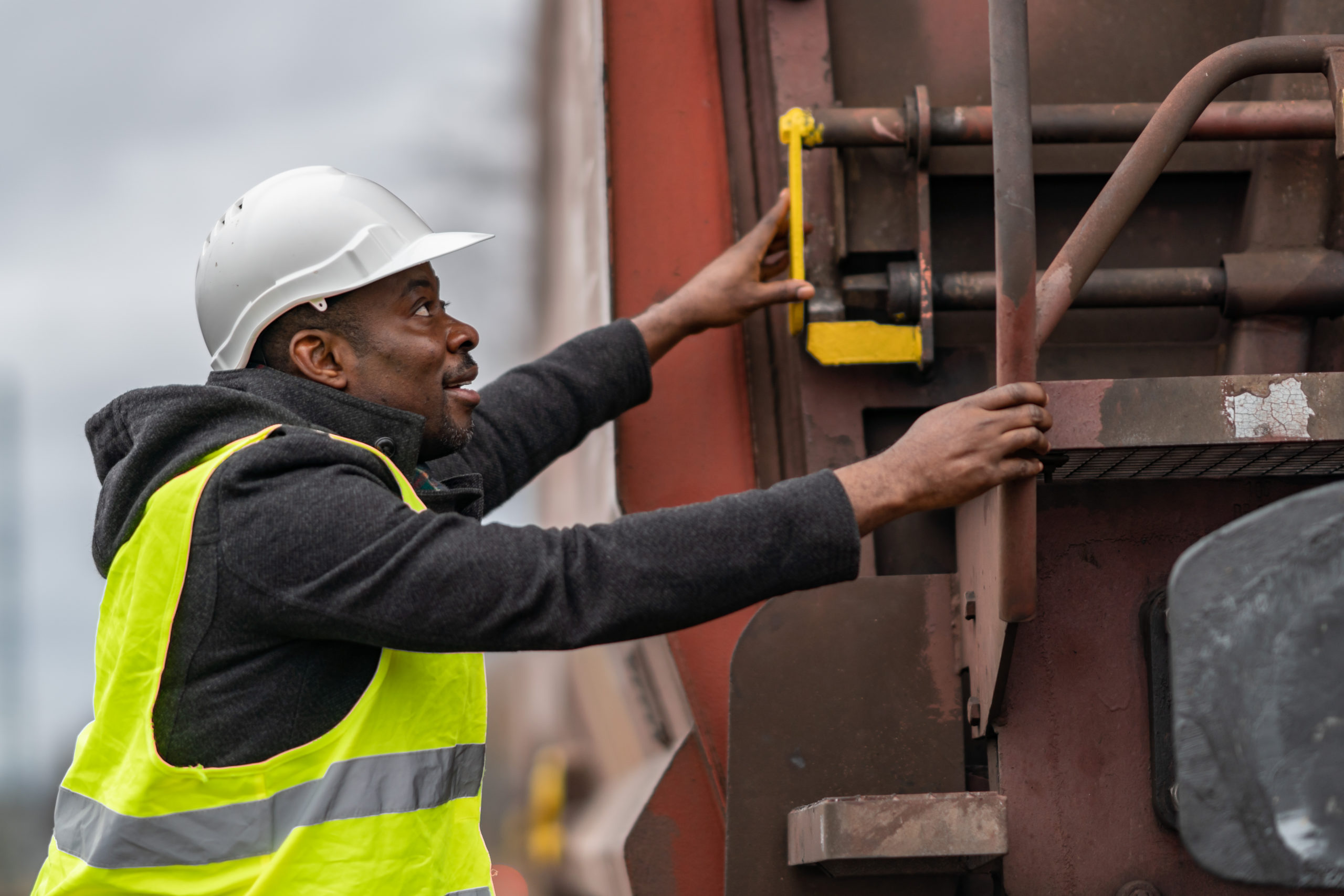Are Rail Workers Going to Strike?
A temporary shutdown for the rail industry could spell disaster for a broader economy already in distress.

After America entered the First World War, the nation quickly realized its dated railway system was unable to meet wartime demands. Woodrow Wilson nationalized the railroads in 1917, expanding the rail fleet and reducing inessential travel. While Congress considered a plan to make the nationalization permanent in the war's aftermath, it ultimately returned the railroads to their original owners in 1920.
That same year, Congress created the Railroad Labor Board to resolve disputes between rail workers and executives. After the pro-business board recommended a 12 percent wage cut in 1922, nearly 400,000 shopmen—responsible for maintaining the nation's rail fleet—went on strike, setting off the Great Railroad Strike of that year.
Engineers, brakemen, and other rail workers didn't join the strike, and the railroads turned to strikebreakers to replace the shopmen. Many Americans supported the striking shopmen, and violence broke out against strikebreakers around the country. The Cumberland Evening Times in 1922 reported that Maryland strikebreakers “were stoned, and chased and struck with dinner-buckets" and "badly bruised and beaten.” By July, the National Guard had been deployed to seven states.
Given the potentially devastating impact of a rail strike on interstate commerce and the nation's close brush with disaster in 1922, Congress passed the Railway Labor Act in 1926 to make it more difficult for rail workers to strike. The RLA set out the conditions under which strikes were allowed, and bound both the workers' union representatives and railway executives to a lengthy arbitration process, the intended effect of which was to minimize the possibility of a rail-worker strike.
The RLA, with two later amendments in 1934 and 1966, still provides the negotiating framework for America's railroad industry. And as thousands of rail workers signal their willingness to strike over poor working conditions, the nearly century-old law passed during the Coolidge administration comes back into focus.
In July, more than 99 percent of the Brotherhood of Locomotive Engineers and Trainmen (BLET), a leading rail-workers union, voted in favor of a strike. In a statement, the union notes that railroad executives have laid off tens of thousands of workers nationally, and claims the railroads have overworked the employees who remain. The BLET vote came as rail workers and executives have been tangled in more than two years of negotiations over the terms of a new collective-bargaining agreement.
Reporting suggests several remaining points of contention between the two parties. One is cost-sharing on employee health plans; rail workers currently pay about $230 per month for insurance, and the rail companies pick up about $1,600 per employee per month. The rail companies want employees, especially employees with large families, who pay the same premiums as single employees, to pony up for their monthly premiums. Another is staffing; in their push to make operations more efficient, railroads have cut back on the size of freight crews. The unions want at least two people on each freight trip, while the railroads feel it is often perfectly safe—and more efficient—to run a one-man crew.
The biggest sticking point is scheduling. Rail workers complain of unpredictable assignment policies, which keep them tied to their phones as they await their next shift. They claim the rail industry's massive layoffs have forced employees to work longer hours, resulting in more time away from family. The long shifts combined with the short scheduling notice—workers complain they can't schedule doctors' appointments or go see a movie for fear they'll be assigned an unexpected shift—have pushed workers to strike.
According to the RLA, rail workers cannot strike over "minor" disputes, that is, disagreements over the interpretation of the existing collective-bargaining agreement. They can, however, strike over "major" disputes, which are related to pay and the structure of their contract. The National Mediation Board, an RLA creation, can assign labor and management to a 30-day cooling-off period if the two sides can't agree to a resolution. The president can intervene by creating a special emergency board to arbitrate the dispute, which Biden did in July after the BLET vote.
The special emergency board released its recommendations on August 16, recommending annual wage increases, bonuses, and an additional day of paid time off. It declined to add Juneteenth and Martin Luther King Day to the workers' paid holidays, which the union representatives had proposed, and did not address the scheduling issues that union representatives raised. Bloomberg's Ian Kullgren reports that railroad executives responded favorably to the board's proposal, while union representatives have yet to respond.
Thirty days after the release of the emergency board's recommendations, rail workers will be permitted to strike. By mid-September, Congress could be faced with its first rail-worker strike since 1992.
The last time rail workers went on strike, Congress passed a law within 24 hours requiring the employees to return to work. Ahead of the midterms, congressional Democrats may pressured to signal their loyalty to dedicated union voters.
Subscribe Today
Get daily emails in your inbox
If rail workers do go on strike, and Congress fails to act, the fallout could cripple an already inflationary economy. About one third of U.S. exports are shipped via rail. Freight carriers move upwards of 1.7 billion tons of goods and materials across the United States annually. Much of America's food and agricultural products, from wheat to wine to animal feed, are moved by rail. Rail moved more than 230,000 barrels of crude oil and 3.3 million carloads of coal in 2021 alone.
If you think gas and food prices are high now, wait until the trains are shut down.
This article was supported by the Ewing Marion Kauffman Foundation. The contents of this publication are solely the responsibility of the authors.
Comments